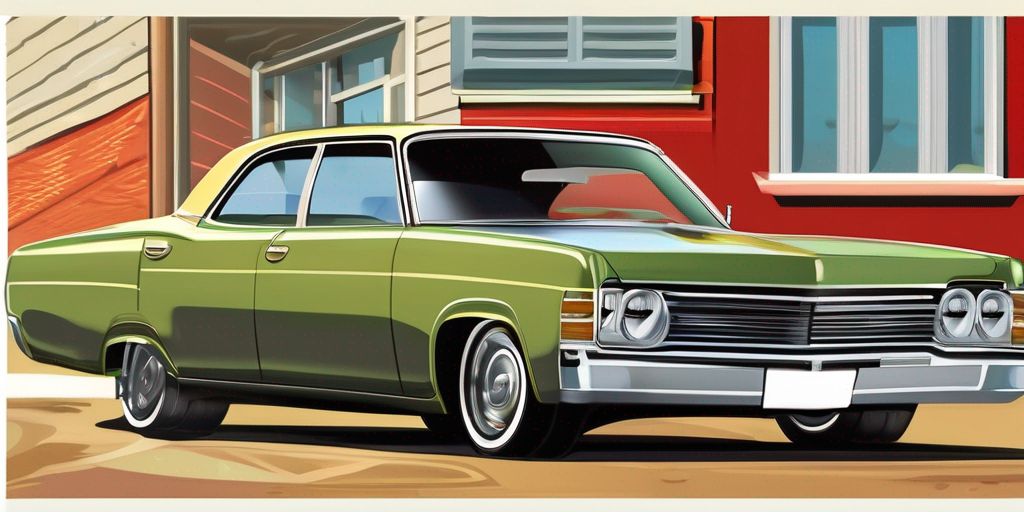Understanding the Causes of Vomit in Cars

Motion Sickness
Motion sickness is a common cause of vomit in cars. It occurs when there is a disconnect between what the eyes see and what the inner ear senses. This can lead to feelings of nausea and vomiting. People who are prone to motion sickness may experience symptoms such as dizziness, sweating, and an upset stomach. It is important to address motion sickness to ensure a comfortable and vomit-free car ride.
Food Poisoning
Food poisoning can be a common cause of vomit in cars. It occurs when contaminated food is consumed and can lead to nausea and vomiting. Symptoms may include stomach cramps, diarrhea, and fever. It is important to clean up vomit from your car as soon as possible to prevent the spread of bacteria and unpleasant odors.
Alcohol Intoxication
Alcohol intoxication can lead to unpleasant consequences in your car. It is important to address this issue promptly to prevent further damage. When dealing with vomit caused by alcohol intoxication, it is crucial to take the following steps:
Preventing Vomit in Your Car

Proper Ventilation
Proper ventilation is essential for preventing and dealing with vomit in your car. When the air inside the car is stagnant, the smell of vomit can linger and become even more unpleasant. Opening the windows or using the car’s ventilation system can help circulate fresh air and reduce the odor. Additionally, fresh air can help alleviate any discomfort caused by the smell. Remember, maintaining proper ventilation is the first step in ensuring a clean and fresh-smelling car interior.
Avoiding Heavy Meals
When it comes to preventing vomit in your car, one important factor to consider is the type of meals you consume before getting behind the wheel. Heavy meals can increase the likelihood of feeling nauseous and potentially vomiting. It’s best to opt for lighter, easily digestible meals that won’t put unnecessary strain on your stomach. Additionally, avoiding greasy and spicy foods can also help reduce the chances of experiencing discomfort while driving.
Limiting Alcohol Consumption
When it comes to preventing vomit in your car, limiting alcohol consumption is crucial. Alcohol can irritate the stomach and increase the likelihood of nausea and vomiting. To avoid this, it’s important to drink responsibly and know your limits. If you plan on drinking, consider designating a sober driver or using alternative transportation methods.
Cleaning Up Vomit from Your Car

Removing Solid Waste
After removing the solid waste from your car, it’s important to thoroughly clean and sanitize the affected areas. Start by using a mild detergent or upholstery cleaner to gently scrub the car seats. Be sure to follow the manufacturer’s instructions and test the cleaner on a small, inconspicuous area first. Once the seats are clean, use a mixture of water and vinegar to remove any lingering odors. Allow the seats to air dry completely before using the car again.
Treating Stains and Odors
When it comes to car detailing, treating stains and odors is an essential step. Whether it’s from motion sickness, food poisoning, or alcohol intoxication, vomit can leave behind stubborn stains and unpleasant odors. To effectively remove these stains and odors, follow these steps:
Disinfecting the Interior
After removing solid waste and treating stains and odors, the next step in cleaning up vomit from your car is disinfecting the interior. This is an important step to ensure that any bacteria or germs are eliminated, preventing any lingering odors or potential health hazards. There are several effective methods for disinfecting the interior of your car:
Cleaning Up Vomit from Your Car

